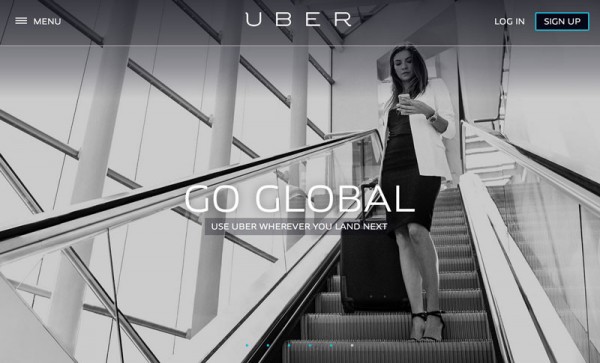Believe it or not, your “wallet” is on the endangered species list. Your credit cards too. Why? Your smartphone is only a few years away from being the main retail payment method of choice. Although the United States has been slower in adopting mobile payment technologies, compared to countries like Japan and South Korea, American retailers are currently experimenting with a variety of mobile payment methods. Here are some mobile payment trends and how they will affect the retail business.
01) Near Field Communication (NFC)
Currently, the most popular mobile payment technology is near field communication (NFC). It works by placing a compatible smartphone in close proximity to a hardware sensor, sometimes in conjunction with a PIN, to confirm the transaction. It automatically deducts the cost from a mobile wallet, bank account or even charges it to the mobile account without ever swiping a credit card or handling cash.

While offering a dramatic transaction speed increase, as well as creating digital records, receipts and helping reduce fraud, NFC payments make shopping in-store even more convenient. It is revolutionary because it secures the transaction on both ends. Google Wallet and MasterCard‘s PayPass are some of the brands experimenting with NFC purchases.
02) Text Message Payments
Popular with charities and non-profits, SMS or MMS based payments are essentially text messages you send to a specific number, which then adds a charge to your mobile bill. There are some downsides to this method including the unreliability of text messages, delays, high operational costs, and poor follow-on sales. However, it is revolutionary for retail in that almost every person has a cell phone these days and it allows even non-smartphone users to take advantage of mobile payments without buying an expensive phone.
03) Mobile Web Payments
This method uses a third-party website or app as a middleman in the transaction. A customer might use a system like PayPal, or a similar website, to complete a transaction. The funds are taken from a prepaid account or are often directly linked to a bank account or credit card. The drawback is that this option requires a pre-arrangement with the site in question, and so cannot be used spontaneously in-store unless the customer already has an account in place.
It is revolutionary because it removes the insecurity of a physical wallet or card from the equation. All security is taken care of by the website or app in question and requires a secure password to even access. Also, payments can be more easily stopped or charged back as the entire process is digital.
04) Point-Of-Sale Systems
Companies like Shopify have started to implement physical POS systems in retail stores. They work essentially like a computer terminal in-store, but without the headache installation or additional hardware. The entire hardware setup basically connects your physical store to your website, including online inventory, receipts and of course payments. The most interesting thing about this for retail businesses is that it allows you to be as mobile as the device, in this case, an iPad, that you are using the system on. You can easily set up on a street corner or local market without lugging an entire computer with you. In this instance, it puts the power of mobile in the hands of the retailers.
05) App Purchases
If you’ve ever taken a ride in an Uber car before, then you’ll be familiar with this trend. Consumers enter a payment method (credit card, Bitcoin, PayPal, etc.) into an app and then use that app to complete their purchase. For example, if you already set up an Uber account, then you can order a taxi, communicate with the driver and pay then all using the app. No cash, credit cards or wallet required. The driver’s tip is even taken care of and the receipt gets emailed to you.

06) Sound Waves
The next item is probably one of the most interesting mobile payment trends on this list. Have you heard of a company called Zoosh yet? Zoosh is a new mobile wallet technology startup in Silicon Valley. While most of the major players in the mobile payment industry have been focusing on NFC and SMS technologies, Zoosh has been testing a new sound-based mobile payment system. This gives Zoosh a big advantage, it works using any handsets. No special NFC circuitry or hardware required. Two phones can “zoosh” each other using nothing but their built-in microphones, speakers, and the Zoosh app.

Mobile Payment Trends
When you think about it, mobile’s aggressive advance in the retail payment industry is no surprise. In less than 10-years, our modern world dramatically shifted in focus toward mobile. As the marketplace takes strides to keep up, it changes the landscape for both the shopper and retailer in the process. These mobile payment trends will either take off or disappear depending on how well they are implemented, but one thing is for sure: Your business depends on keeping up with the trends because if you don’t, one of your competitors will.

Private investor. Tech enthusiast. Broadcast TV veteran.



















 This Creepy Reverse Peephole Viewer Lets You Look Inside A Room
This Creepy Reverse Peephole Viewer Lets You Look Inside A Room
Leave a Reply
You must be logged in to post a comment.